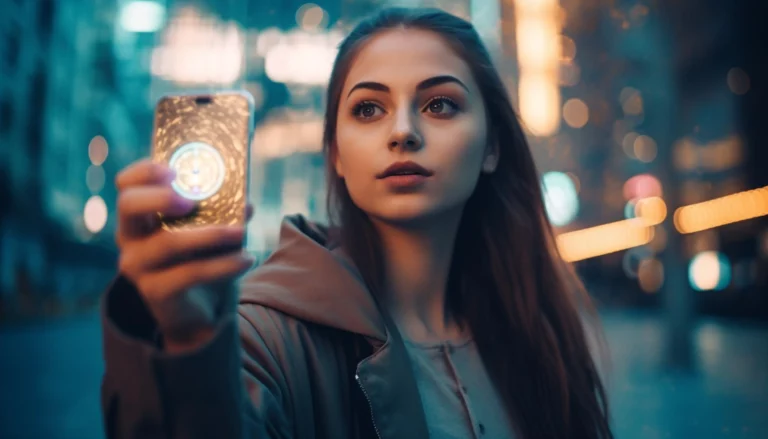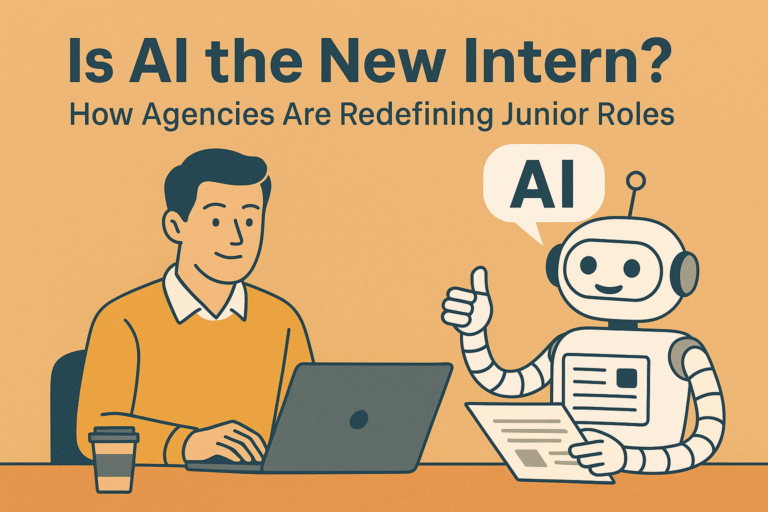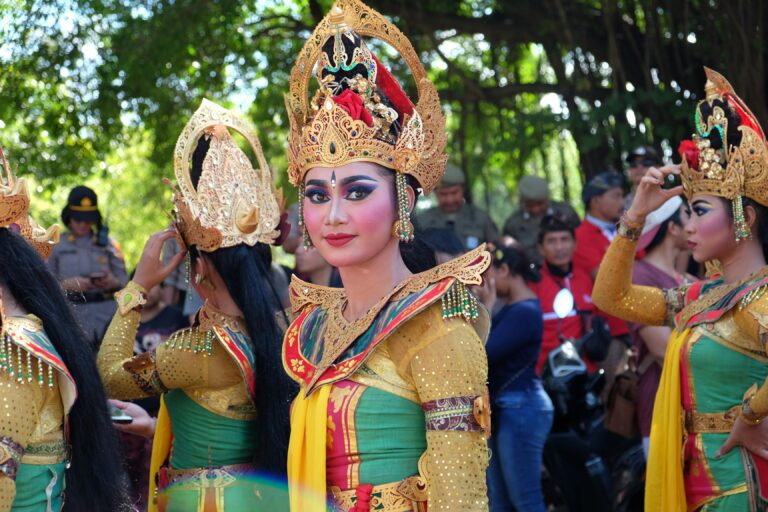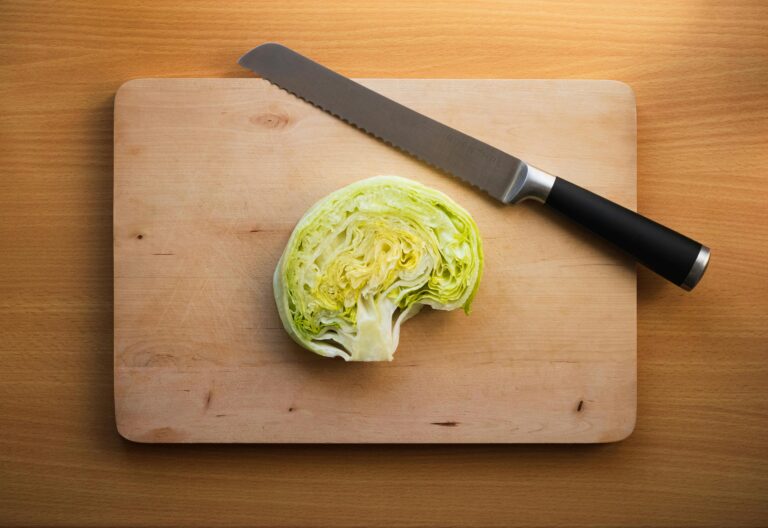
The influencer landscape is shifting—fast. From YouTubers and TikTok stars to virtual avatars with millions of followers, brands are now tapping into a new breed of endorsers: AI-generated influencers.
Once science fiction, these digital personalities are now shaking up how U.S. brands connect with consumers. Let’s break down why they matter, who’s using them, and how your brand can join the next wave.
1. What Are AI-Generated Influencers?
AI-generated influencers are virtual personalities created using artificial intelligence, often appearing as hyper-realistic humans—or even fantastical characters. Unlike real influencers, they don’t age, complain, or cause PR scandals. They can be designed to reflect brand values, target niches, and stay on-message 24/7.
📌 Examples:
- Lil Miquela, a digital avatar with over 2 million Instagram followers, has collaborated with Prada, Calvin Klein, and Samsung.
- Noonoouri, an AI fashion influencer, has modeled for Dior, Versace, and Balenciaga.
These influencers blur the line between real and virtual, but their audience impact? Very real.
Also Read : AI-Driven Influencer Marketing: Matching Brands with the Right Creators
2. Why U.S. Brands Are Leaning In
AI-generated influencers offer full creative control. You can script what they say, where they appear, and how they react—minimizing risk and maximizing brand consistency. In an era of brand safety concerns and cancel culture, it’s a strategic advantage.
📌 Brand Use Cases:
- PacSun partnered with Lil Miquela for a back-to-school campaign, creating buzz with Gen Z shoppers.
- Rihanna’s Fenty Beauty featured AI influencers in product launches to reflect digital-first diversity and style.
- Clothing brand Alt developed their own AI influencer to launch limited capsule collections.
continue reading…


